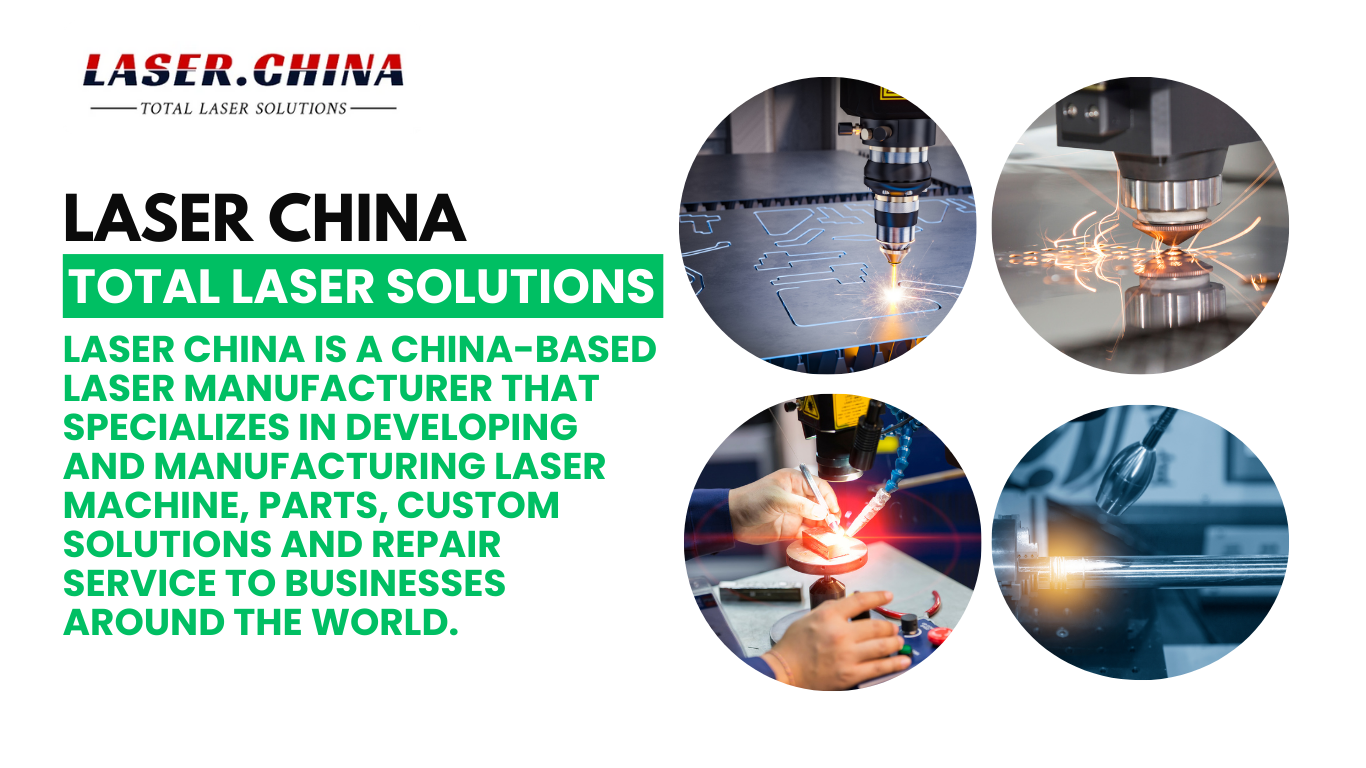
How Does a Laser Rust Remover Work
Rust removal has traditionally been a challenging and time-consuming process, requiring chemicals, abrasives, or mechanical methods. However, laser rust removers have emerged as an advanced and efficient solution. But how do they work, and why are they considered the best option for rust removal?
1. Understanding How a Laser Rust Remover Works
A laser rust remover operates using high-intensity laser beams that interact with the rusted surface. The machine emits a focused laser pulse onto the metal, causing the rust layer to absorb energy and evaporate instantly in a process known as laser ablation. Since rust (iron oxide) has different absorption properties than metal, the laser can selectively remove rust without damaging the underlying material.
The process occurs in three main steps:
- Absorption: The laser energy is absorbed by the rust.
- Vaporization: The rust heats up rapidly and turns into vapor or fine dust.
- Surface Cleaning: The base metal remains undamaged, and the cleaned surface is free from oxidation.
2. Advantages of Using a Laser Rust Remover
a. Non-Destructive and Highly Precise
Unlike sandblasting or grinding, which can wear down metal surfaces, laser rust removal is a non-abrasive method. The laser precisely targets rust without affecting the original material, making it ideal for sensitive applications, such as automotive restoration, aerospace components, and historical artifact preservation.
b. Eco-Friendly and Chemical-Free
Traditional rust removal methods often involve chemicals that can be harmful to both the environment and human health. Laser rust removers eliminate the need for toxic solvents, reducing environmental waste and the risk of exposure to hazardous substances. This makes them a sustainable and eco-friendly option.
c. Cost-Effective and Low Maintenance
Although laser rust removal machines have a higher upfront cost, they offer long-term savings. Traditional methods require continuous purchases of consumables like sandpaper, chemicals, or replacement parts. Laser machines, on the other hand, have minimal operating costs since they primarily use electricity and require little maintenance.
d. Faster and More Efficient Cleaning
Laser rust removal is significantly faster than manual scrubbing or chemical treatments. The process requires no drying time or secondary cleaning steps, making it ideal for industries where time efficiency is crucial. Some high-powered laser rust removers can clean large surfaces in seconds, boosting productivity.
e. Safe and User-Friendly
Modern laser rust removers come with safety features like protective enclosures, fume extraction systems, and automated controls. Operators do not need to handle hazardous chemicals, reducing health risks. Many devices are also portable and easy to operate, making them suitable for various industries.
3. Applications of Laser Rust Removers
Laser rust removal technology is used in multiple industries, including:
- Automotive: Cleaning car frames, engine parts, and metal surfaces.
- Manufacturing: Removing rust from machinery, tools, and production equipment.
- Shipbuilding: Cleaning ship hulls and metal structures without damaging surfaces.
- Restoration: Preserving historical monuments and artworks by gently removing corrosion.
Conclusion
Laser rust removers provide a highly efficient, eco-friendly, and cost-effective solution for rust removal. Their precision, speed, and safety make them superior to traditional methods. While the initial investment may be higher, the long-term benefits far outweigh the costs, making laser rust removal an excellent choice for industrial and personal applications.









